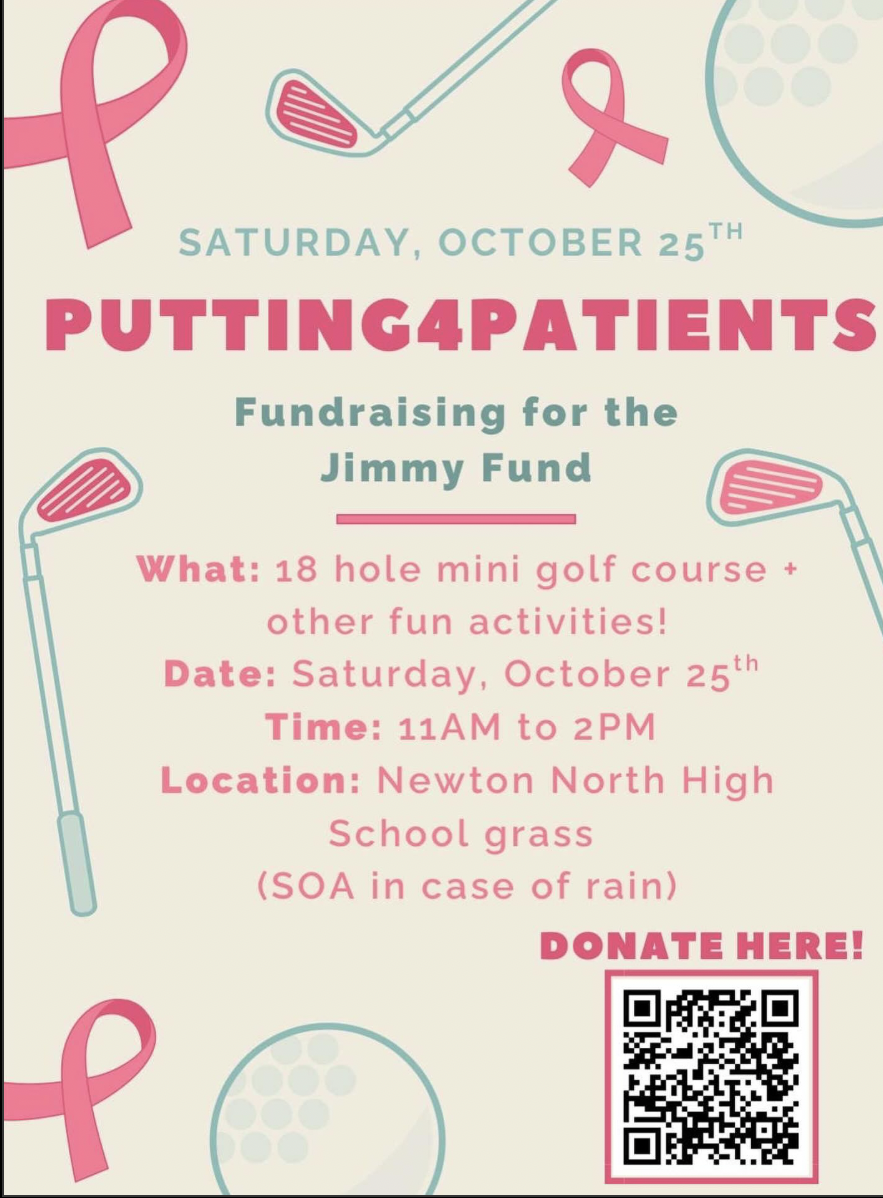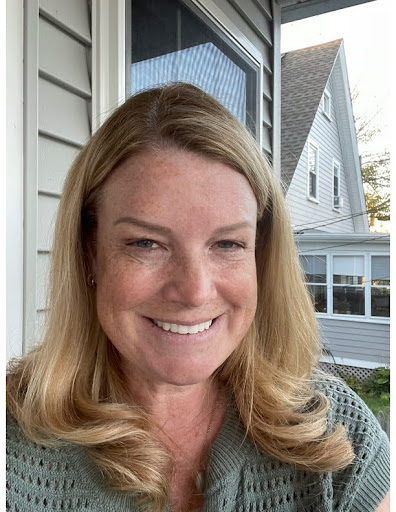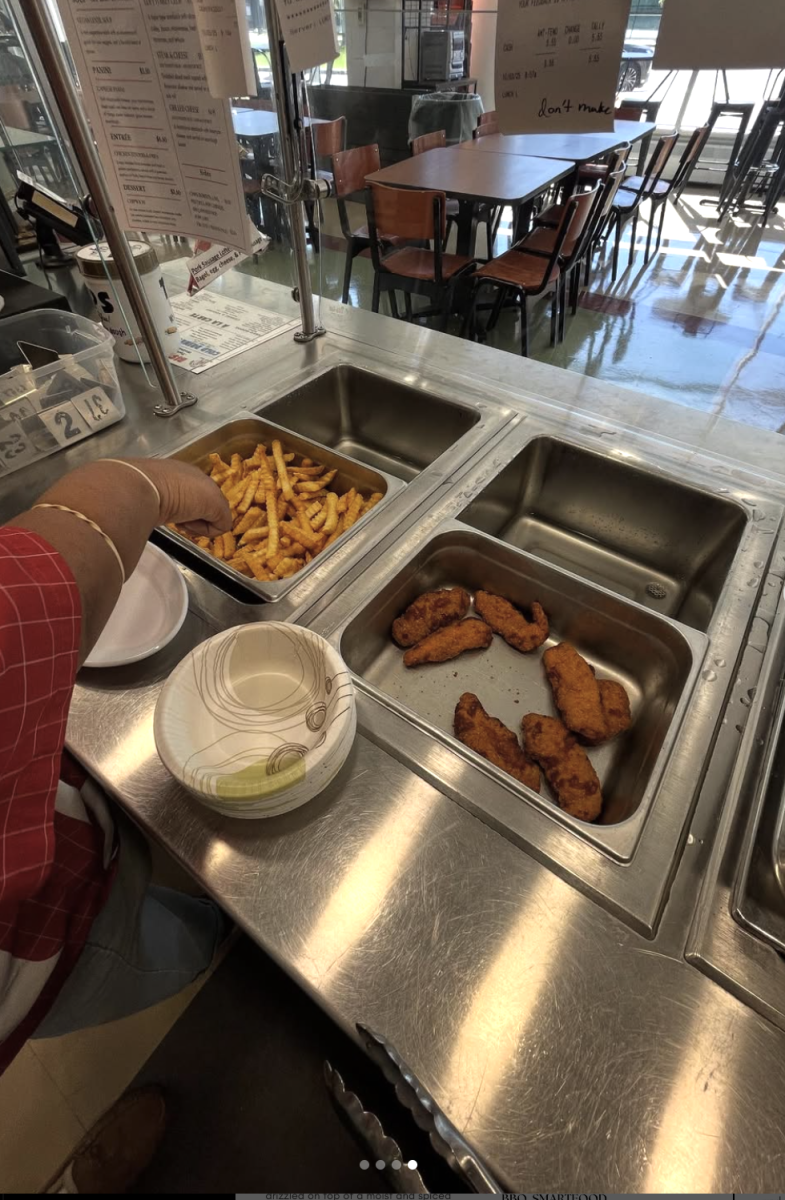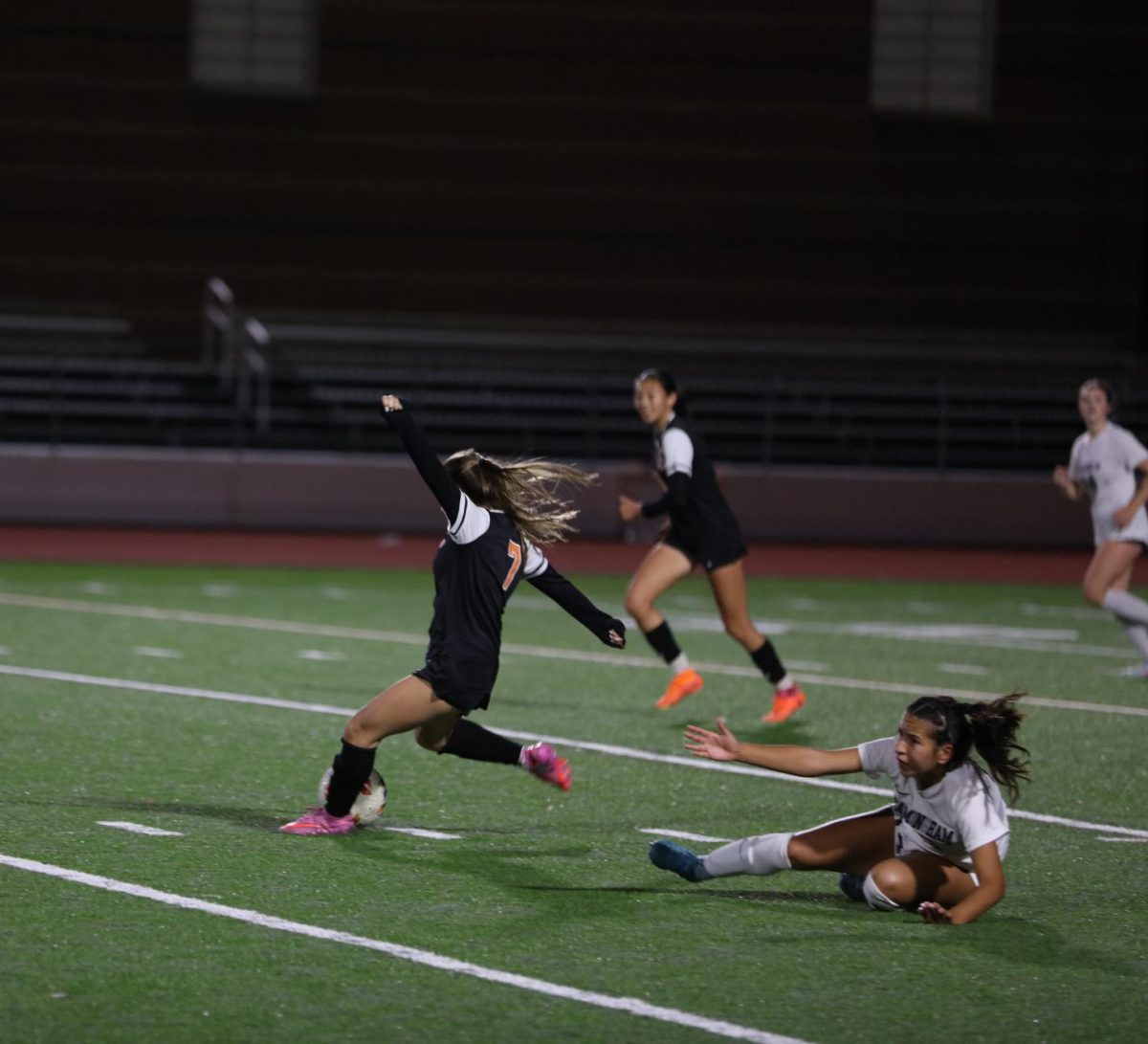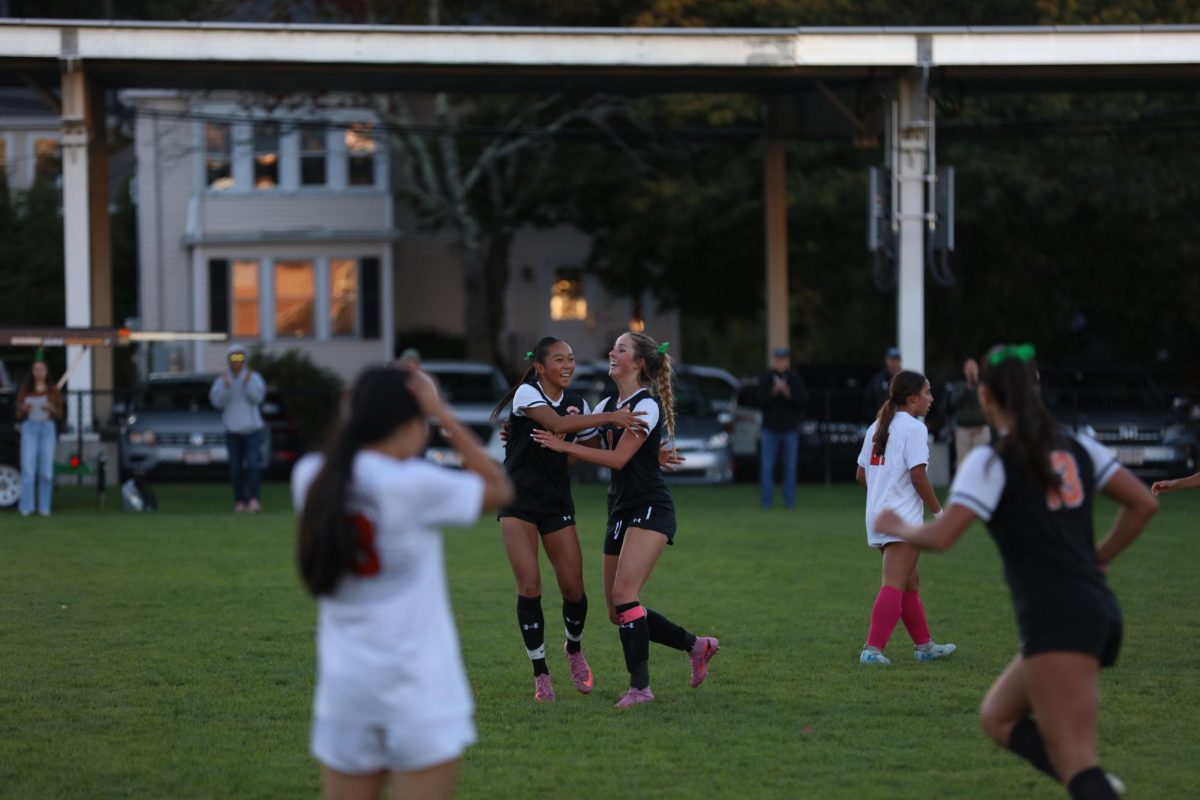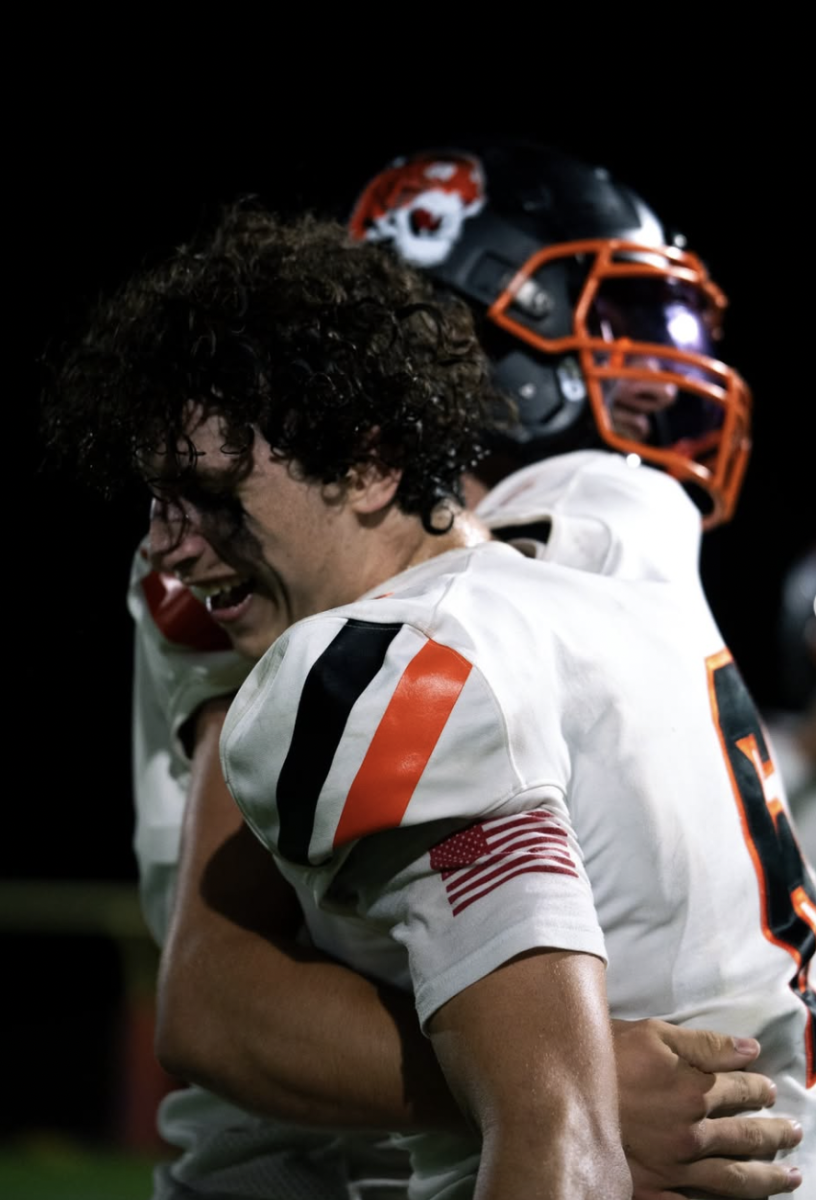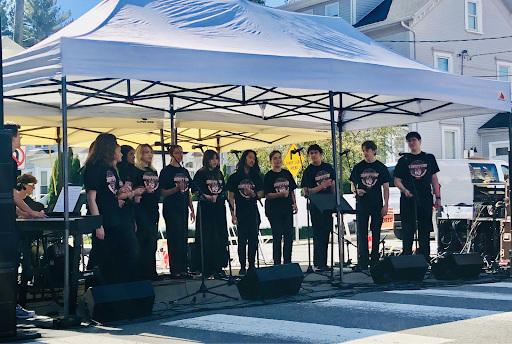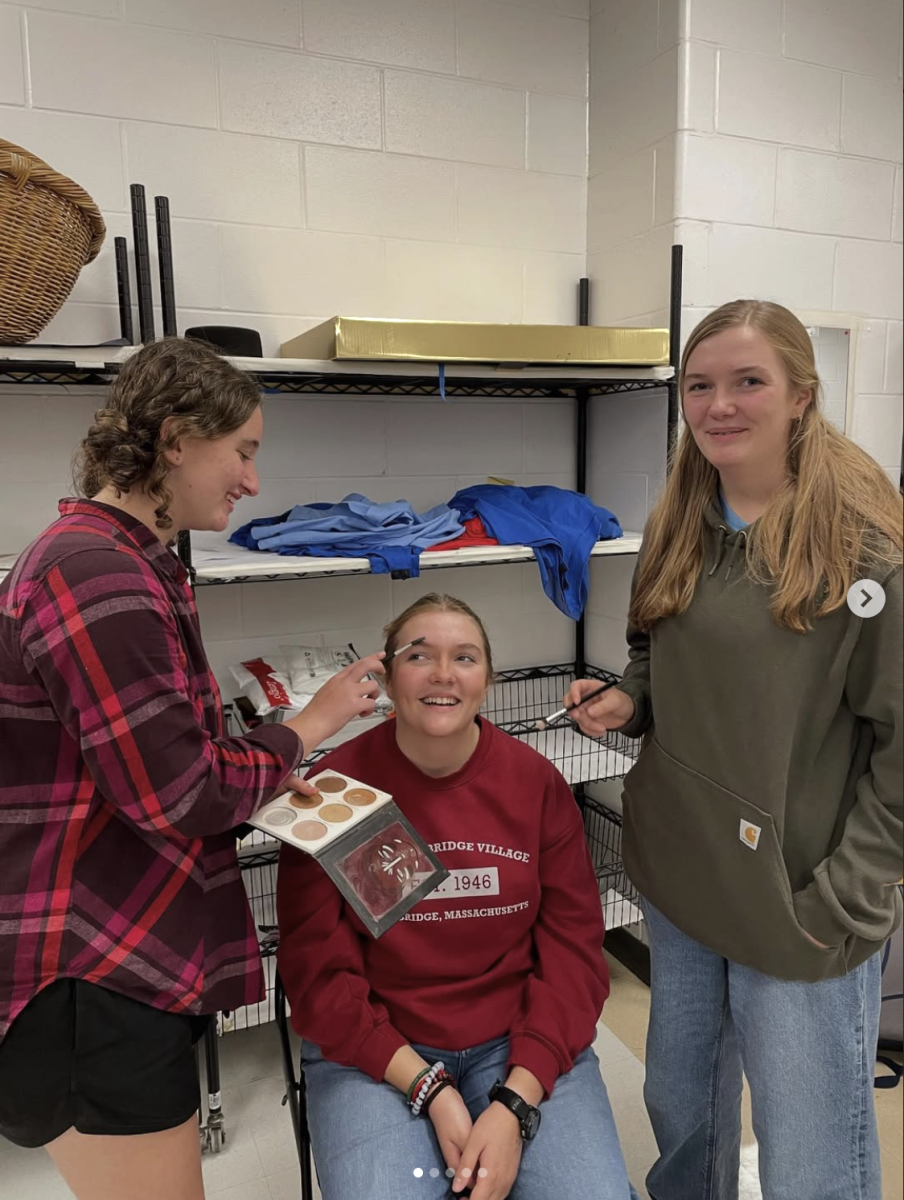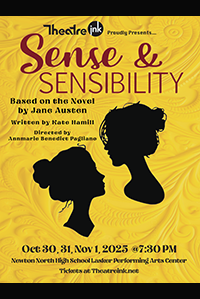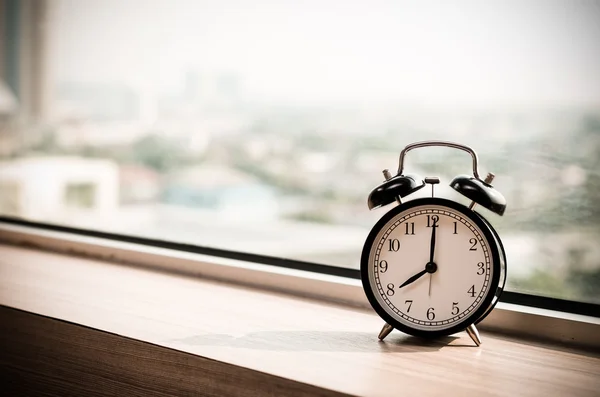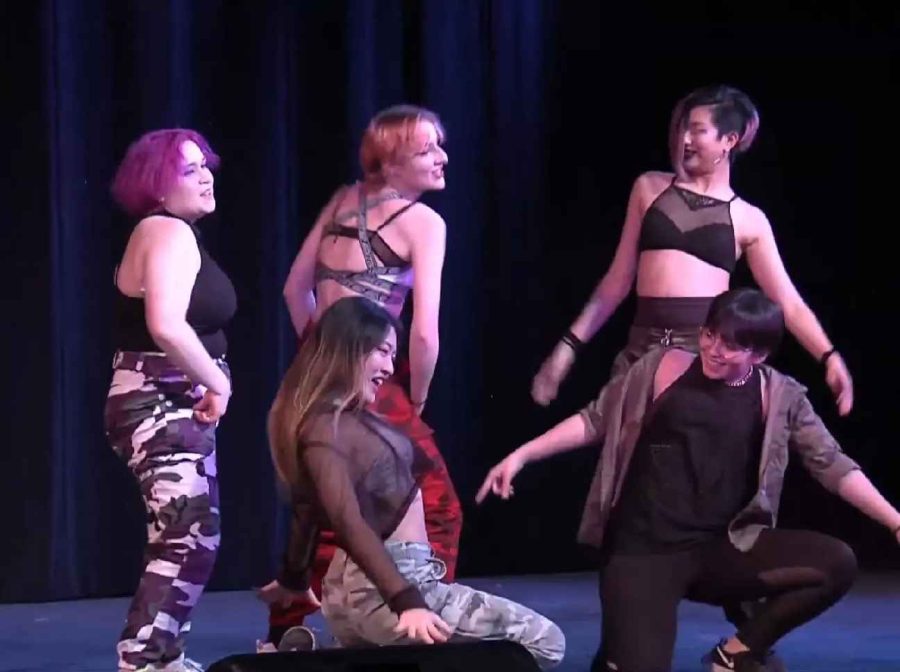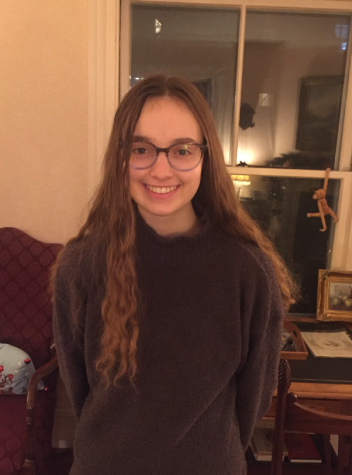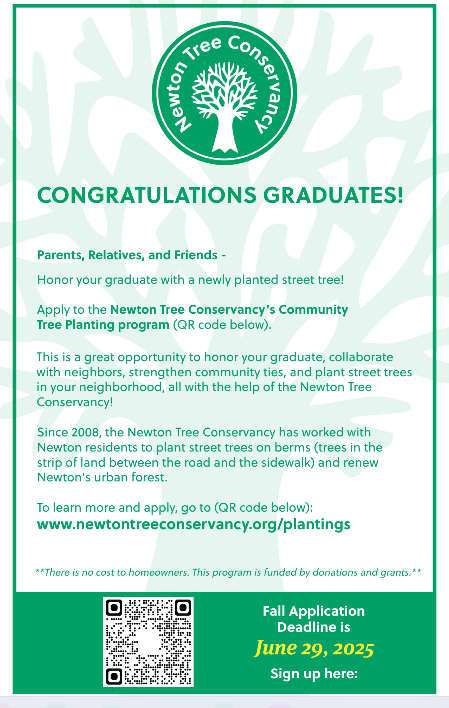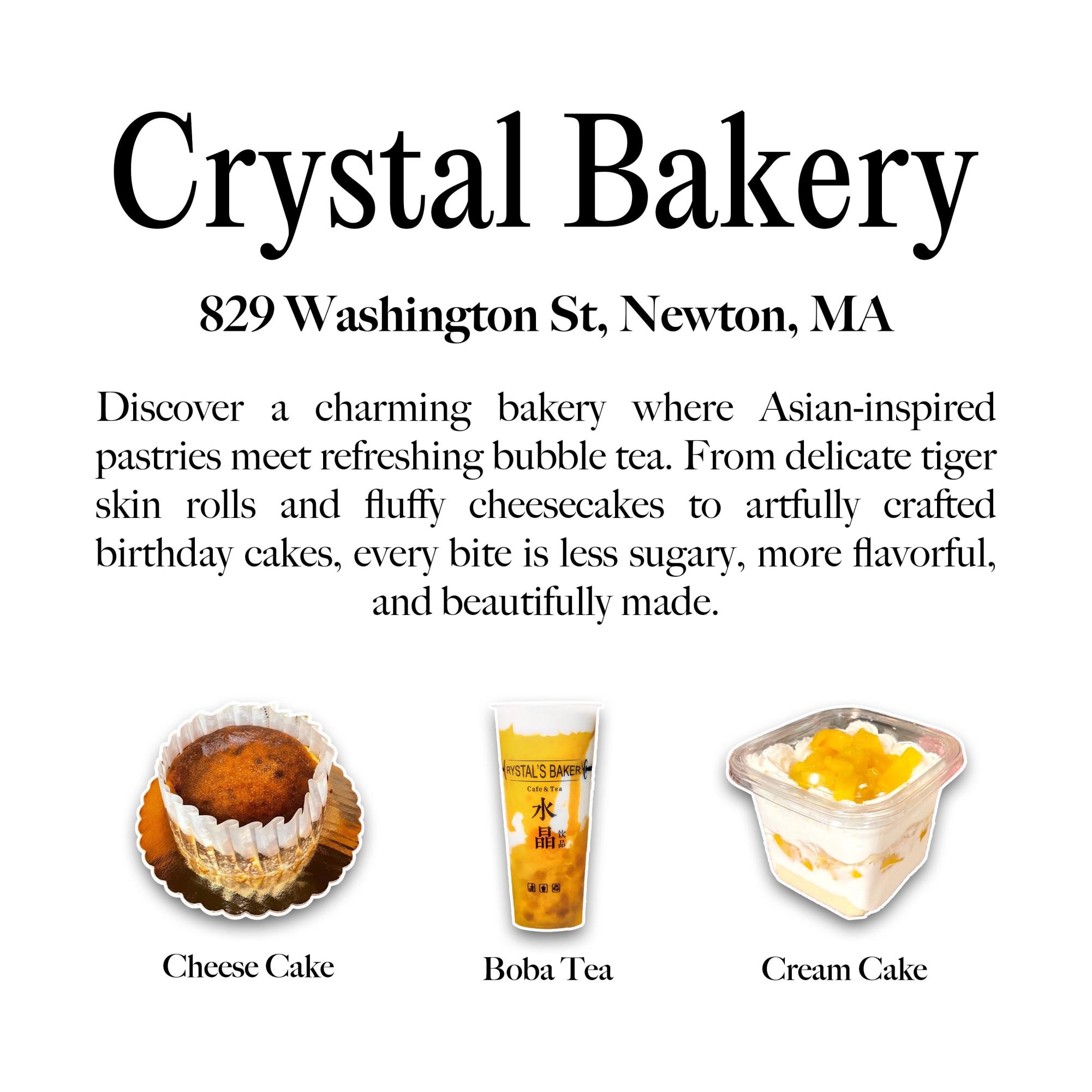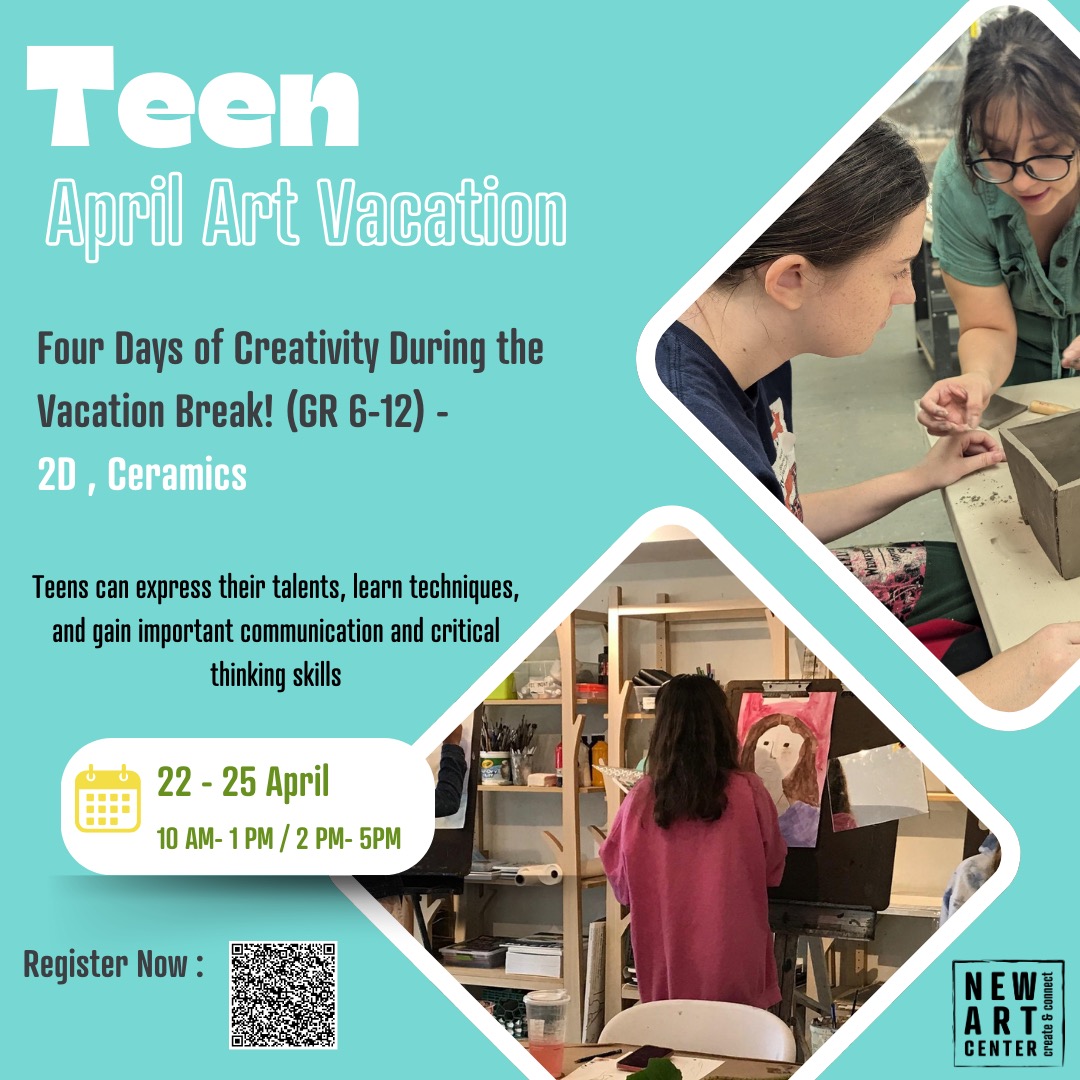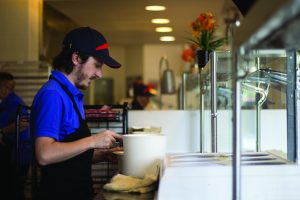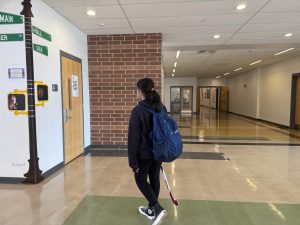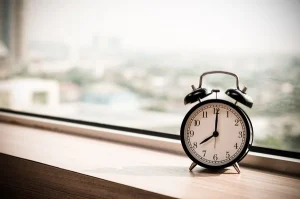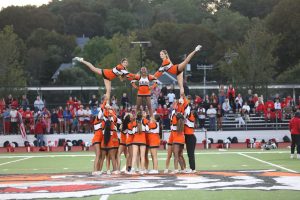Asian American Culture Night celebrates students’ culture
K-Pop Club members Helen Gu, Mikayle Huntington, Chris Schmidt-Hong, Meg Taylor, and Kai Wollaber perform at Asian American Culture Night (Photo courtesy of Natalie Taw).
April 11, 2022
Asian American Culture Night showcased the talents of many students by celebrating Asian culture. The show, set up by Asian American Culture Club, took place Mar. 26 in the auditorium.
The night featured a diverse set of performances ranging from singing and dancing to yo-yos and various instruments, and allowed these students to showcase aspects of their culture and learn about each others’ backgrounds.
“I really enjoyed getting to see the specific parts of everybody’s culture,” said sophomore Arushi Shatkin. “A lot of times you only get to know the food or decorations and such, but being able to see people dance or perform parts of their culture that we don’t normally see was really a different experience.”
Shatkin, who performed during the show, added that this night was an important chance for students of Asian heritage to share their culture. “Culture is such a big part of who people are and school isn’t exactly the place where they can share that part of their identity, because it’s scary to dress or act differently in a school situation that would align with your culture,” said Shatkin. “So having nights like this is so exciting for people who are really proud of their culture but don’t get the chance to show it off to people.”
The show opened with a K-Pop performance featuring five members of K-Pop club. Their fast-paced contemporary movements fit the music and ramped up the energy of the performance immediately.
A crowd favorite was the acts displaying Chinese yo-yos, which two separate groups performed. Both groups demonstrated the talent of North students, and the Diabolo Revolution group even had a section where the lights were turned off and the yo-yos glowed in the dark.
According to sophomore Ryan Chao, who performed in the second yo-yo act, he has been part of this group since third grade and regularly performs. “It’s all over the place. We’re at colleges, we’re at parades, we’re at festivals in the summer.”
However, performing at a school was a new experience. “It’s different because I know so many people who are in the audience,” said Chao. “It’s a different experience when you come on stage and you hear people shouting your name or you see someone in the crowd and they recognize you and make eye contact.”
Chao added that this experience allowed him to share his skill with people who have never seen it before. “It’s taking two different communities that I’m a part of and combining them into one.”
Another highlight was the Bollywood dance, put on by the South Asian Student Alliance. Shatkin, who participated in the dance, said, “The way you dance and dress in South Asian culture is such a huge part of it and it’s rarely seen or shown, so we decided to dance because it shows a side of our culture that is very important and very beautiful.”
The show incorporated several unique performances. Junior Yunlin Li performed a dance she had choreographed herself, in which she balanced bowls on her head. Senior Joanna Zhu played the erhu, a two-stringed Chinese instrument. The show finished off with a fashion show celebrating both traditional and modern clothing from various cultures.
The night was not only a celebration for the students performing, but for the audience as well. “Most of the audience is older Asian American adults or families who immigrated from another country and don’t really get to see this stuff as much,” said junior Cathy Zhao, an officer of Asian American Culture Club. “You can tell that it’s a very special moment for them.”
Zhao added that this show bears even more importance in light of the recent spike in anti-Asian sentiment. “It’s a way to remind the community that we’re all in this together, especially with COVID-19 and the pandemic with anti-AAPI hate crimes,” she said. “Having these reminds you that you’re not alone and that you as a community can get through this, and also for AAPI people, it’s a reminder of their homes.”

